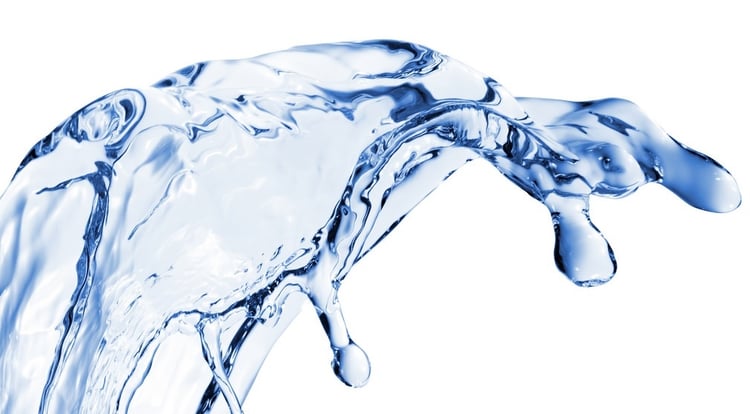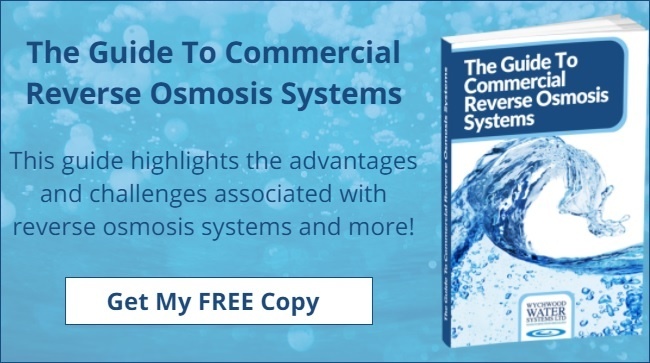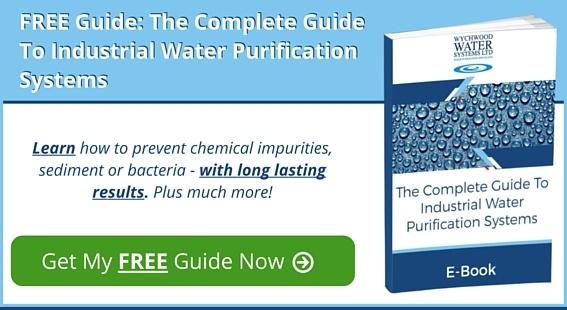
The deionisation process is ideal for your facility if you need to be able to remove minerals from the industrial water you use. This versatile method of purifying water allows you to achieve pure industrial water in more than one way. It all depends on the products your facility produces.
The Chameleon Of Waters
Deionised water is unique, in that it is chemically ‘blank’ with a neutral pH of 7. Therefore, it will take on the chemical characteristics of any substance that’s added to it. In facilities requiring deionised water for solution bases like saline, it offers an easy means to replicate them.
Continuous Deionisation
In situations where impurities must be removed and high purity is required, continuous electro-deionisation (or CEDI) is the best way to achieve pure industrial water. CEDI uses an exchange resin as well as anodes and cathodes. The anodes and cathodes pull a current across the exchange resins, which are ion-selective and trap the contaminants contained in cations and anions.
More About Feed Water And Flow
The only way to achieve pure industrial water is to ensure the highest feed water quality possible. This is especially important with DI systems when trying to achieve a certain level of purity. Any incoming feed water, if it happens to be contaminated, can result in bacteria entering the system. Should this occur, a shutdown and several hours to several days will be needed to rid the system of the contamination. This can be an expensive and frustrating process.
Even if feed water is free of bacteria, it’s important to monitor the system to ensure that water flow is not so slow that bacteria can grow and thrive within the system.
Resins
You must be familiar with what can threaten the integrity of DI resins and avoid trying to send contaminated feed water through the system.
For example, DI resins are notoriously sensitive to chemicals like chlorine and chloramine. Should resins come into contact with either of these chemicals through feed water, it will result in the physical break down of the resins. When this happens, they will no longer be able to properly filter water, which can result in contaminants entering the system.
Periodic regeneration of the resins, whether it is a continuous or traditional DI system, will need to occur in order to clear them of the contaminants they’ve trapped. Regeneration of DI systems requires bathing the resins in a caustic solution.
Resin Types
Two types of anion resin can be used in the system, depending on the chemicals requiring removal. A weak base resin will adsorb acids, and are a similar strength to that of ammonia. Strong base resins work where alkaline, sulphate or chloride anions need to be removed, and have the same strength as sulphuric acid.
Purity Of Deionised Water
Electrical resistance will determine the level of purity that your DI system can produce. Deionised water in its purest form will not conduct electricity and will have a neutral pH of 7.
Choosing The Best DI System
The type of system that is best for you depends on what you manufacture and the level of water purity you require. Facilities which produce pharmaceutical products or medical and electronic devices will benefit most from having a reliable and continuous supply of deionised water, and so may find that a CEDI system offers the most cost-effective choice.
Facilities involved with the production of non-pharmaceutical, non-food products may find that conventional deionisation (using chemically charged resin beds but without the continuous electrical charge) will remove enough contaminants to meet their various targets for water quality.
When it comes to getting pure water via deionisation, there are several things to consider, which can make the right system difficult to come by. We have written our free Guide to Deionised Water Treatment Systems to help you make an informed decision. This resource will provide you with the information you need to make the right choice of system for your business. Click here to claim your copy now.










 We are a specialist independent company involved in water purification and water treatment technologies
We are a specialist independent company involved in water purification and water treatment technologies


